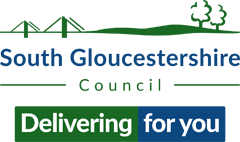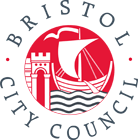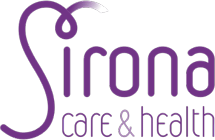WHO and UN-Habitat launch sourcebook for healthy urban planning
- 8th June 2020
Marcus Grant, a health and spatial planning specialist, is a member of the Supporting Healthy Inclusive Neighbourhood Environments Health Integration Team (SHINE HIT) and an Expert Advisor to WHO’s European Healthy City Network, and was involved in the development of a new international WHO and UN-Habitat publication on healthy urban planning.
In 2018, the WHO and UN-Habitat, under their joint programme to support healthier cities, asked Marcus to research and develop international guidance for this field.
Following research involving the examination of over 400 potentially relevant reports and papers, the first stage of this ongoing project saw the publication in May 2020 of “Integrating health in urban and territorial planning: a sourcebook”.
With a joint foreword by Ms Maimunah Mohd Sharif, Executive Director, UN-Habitat, and Dr Tedros Adhanom Ghebreysus, Director-General, WHO, Marcus asks, ‘if the purpose of planning is not for human and planetary health, then what is it for?’.
“I did not want to produce yet another guidance document to sit with all the others on a shelf,” said Marcus.
“I told the clients that there were plenty of good handbooks and guides out there, now we need to demonstrate the many entry points for health to be the pulse of better urban planning.”
The concept of ‘entry points’ is the focus of this publication, underpinning its intention to lead decision makers through the many ways that they can intervene in city planning and design for better population and planetary health and for health equity.
As a sourcebook, it provides readers with a series of potential and sometimes radical entry points, and it links these entry points to around 70 third-party resources, describing when and how to use each one.
The next step in this programme will see the development of training and workshops to show how to ‘do’ healthy urban planning. This will hopefully move local authorities on from the many years that they have been talking about this.
Marcus said: “This publication is relevant to all local authorities and although it is about urban design and planning, its messages and the resources it brings are not only relevant to planning focused politicians and professionals but it uniquely brings the public health profession to the centre of supporting population health and health equity through making healthier places.”
“It shows how health is not just an outcomes that must be considered but that health needs be an input for all and every planning decision and investment. Bristol was seen as a national leader in this area in the past, this guide, speaking to public health, transport and urban planning shows how that might happen again and we now have a road map of what we can do locally and why we need to do it.
“The entry points are clear across Bristol, however this will need political leadership and a willing professional organisation to pick up the baton.”
More details about the sourcebook: WHO and UN-Habitat
—
SHINE HIT was set up to promote city planning and urban design that supports population wellbeing and health equity through a wider determinant of a health lens. It has recognised international expertise in this sphere, such as through the work of Adrian Davis (transport) and Marcus Grant (spatial planning).






